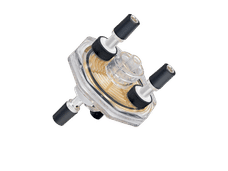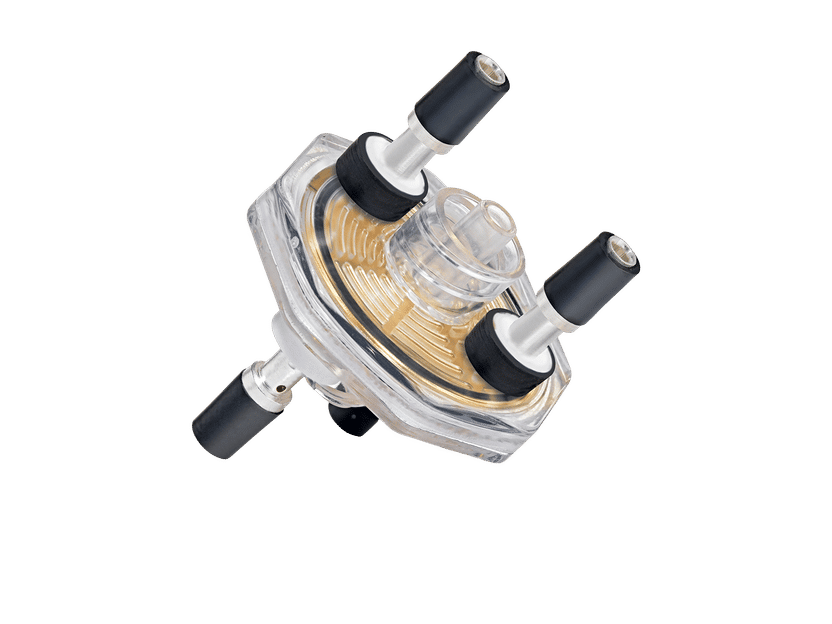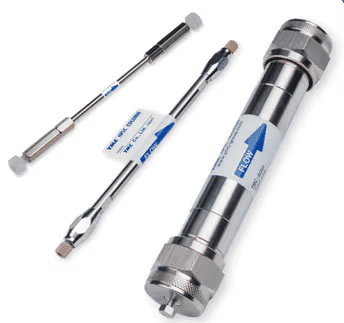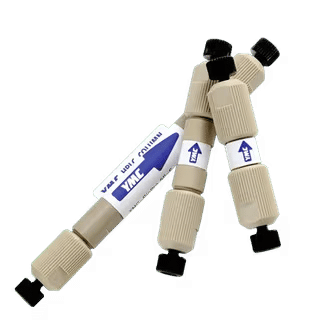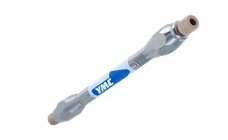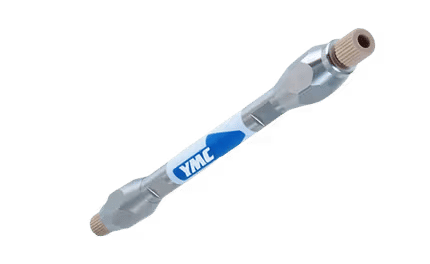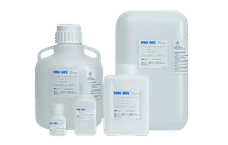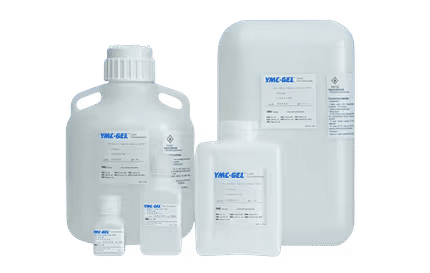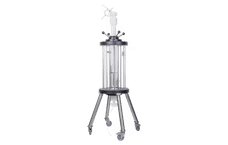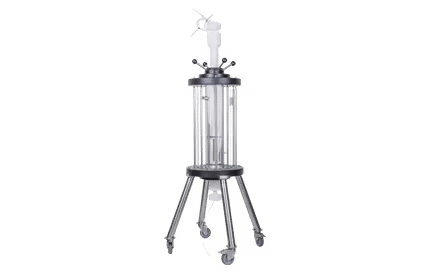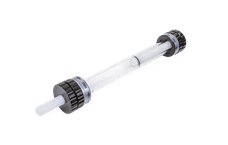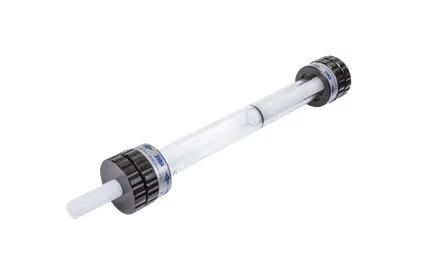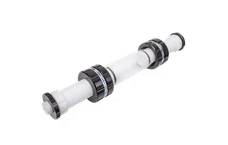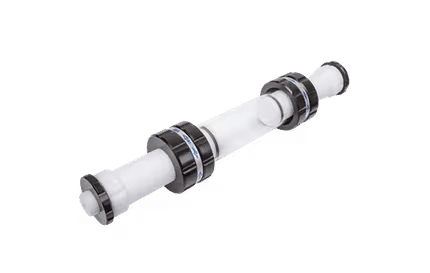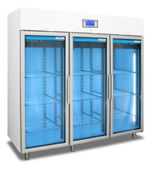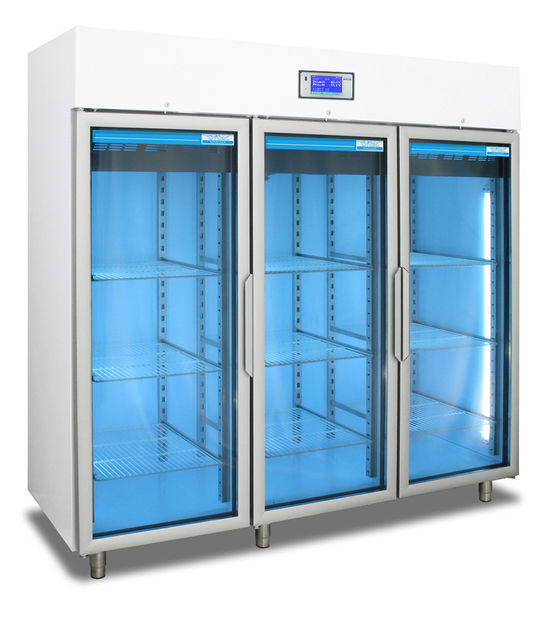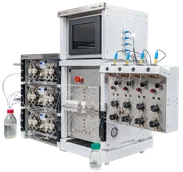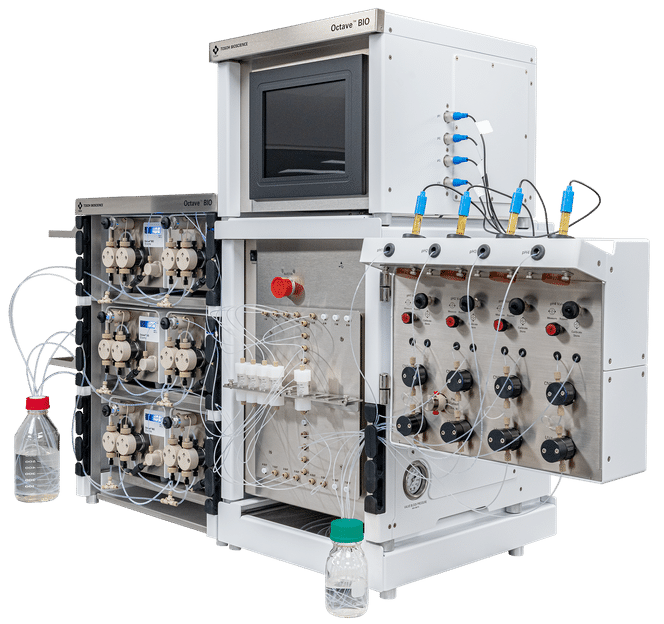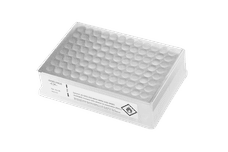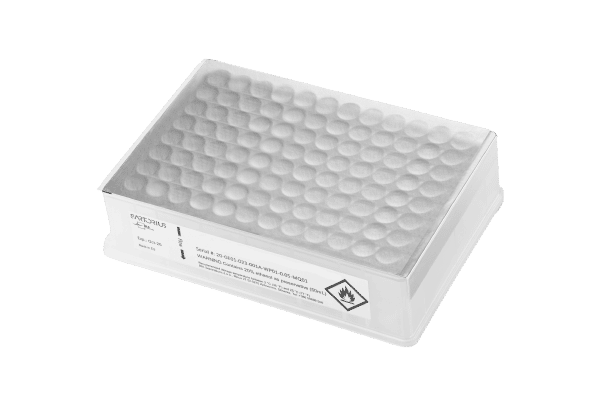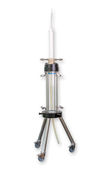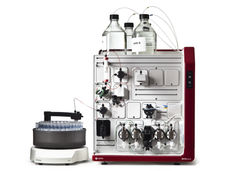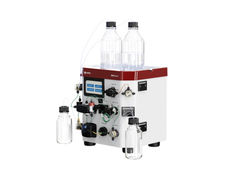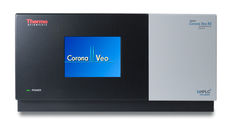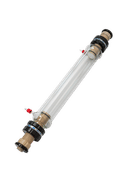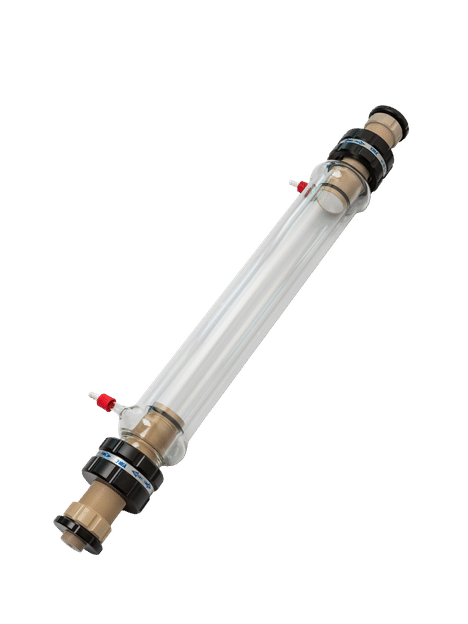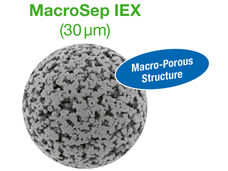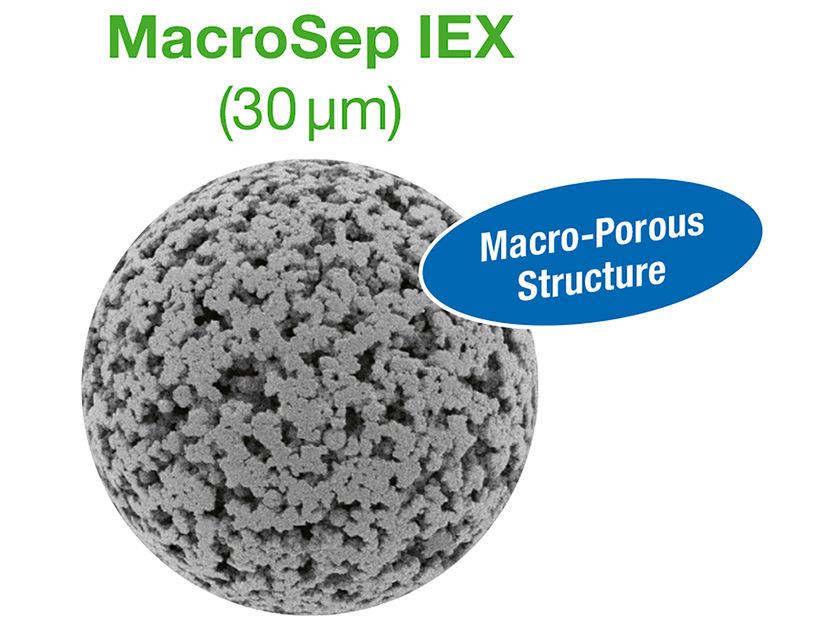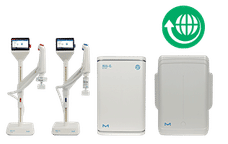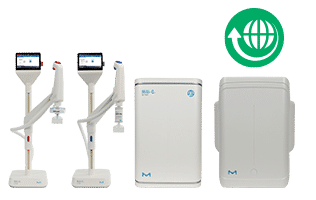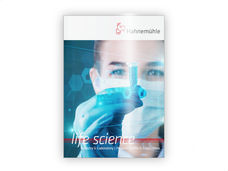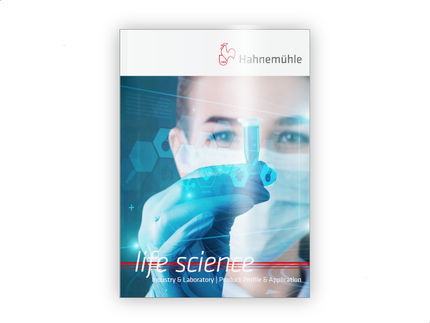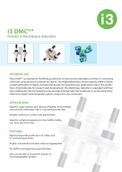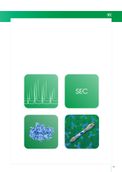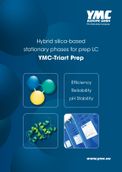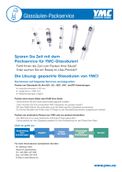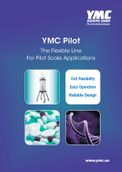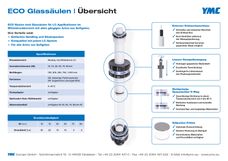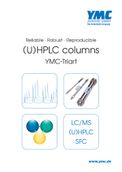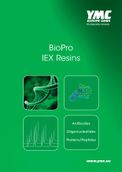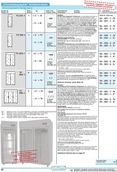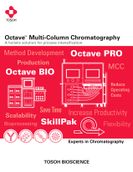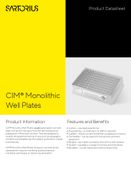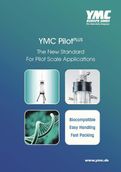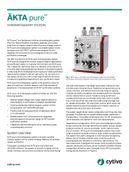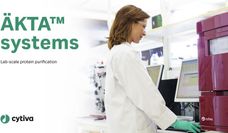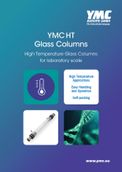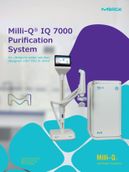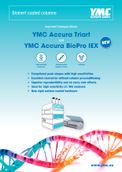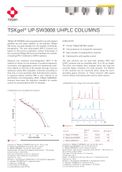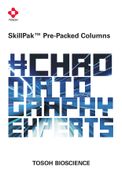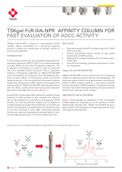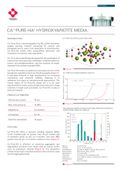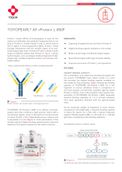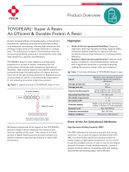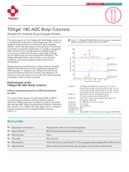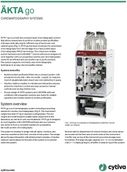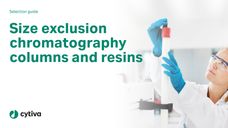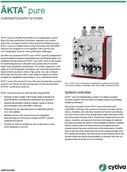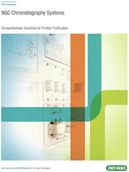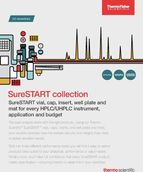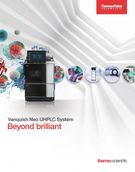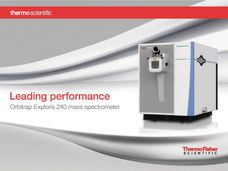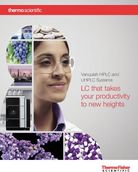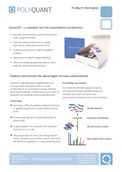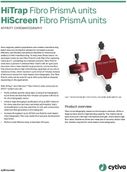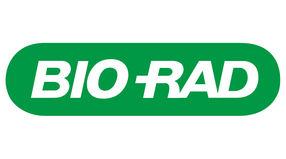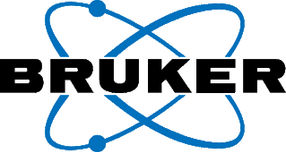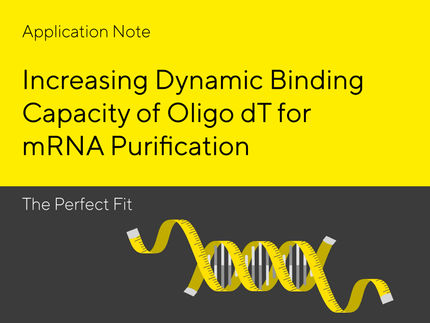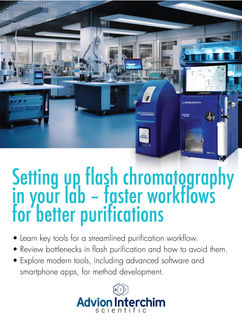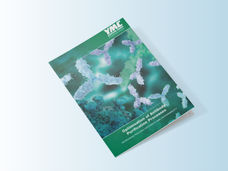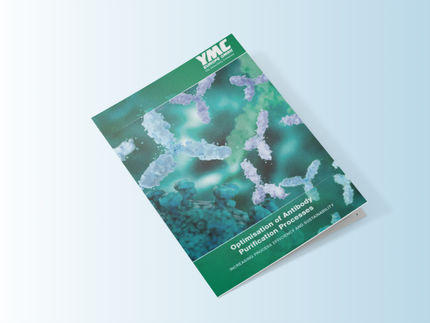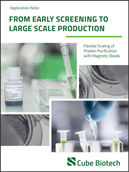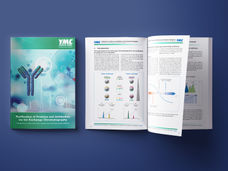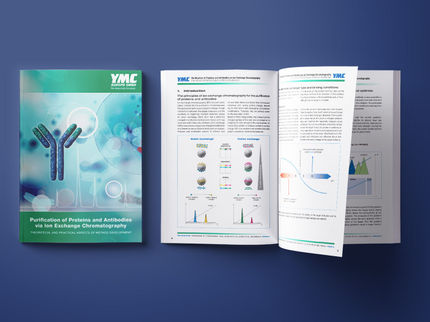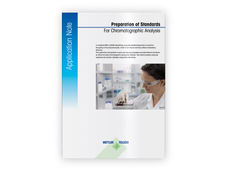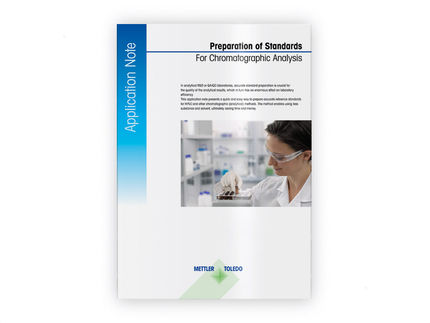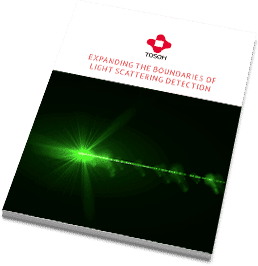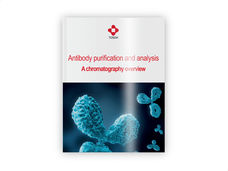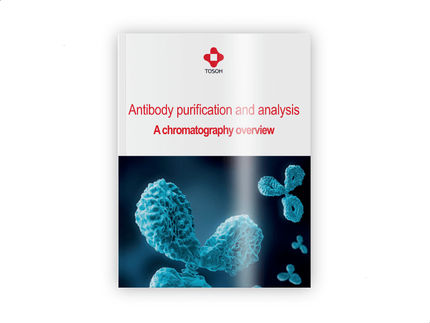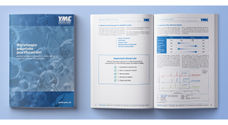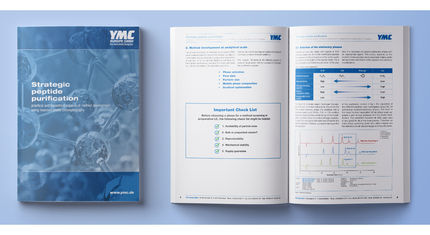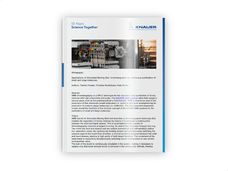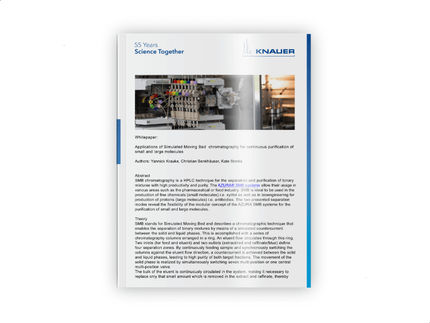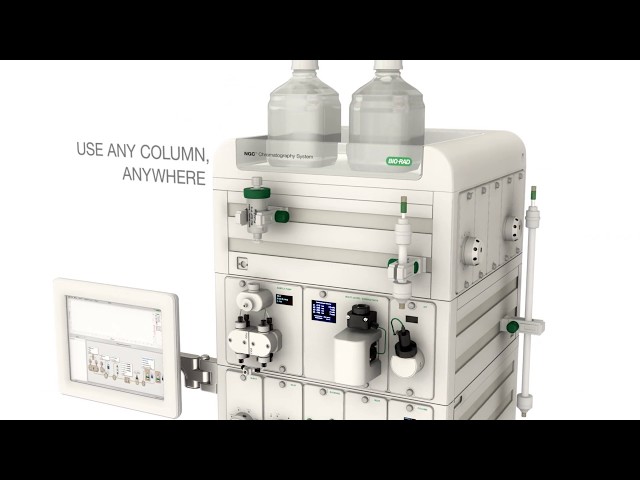Topic World Chromatography
Chromatography enables us to separate, identify and thus understand complex substances. Whether in the food industry, pharmaceutical research or environmental analysis - chromatography opens up a treasure trove of information about the composition and quality of our samples. Discover the fascinating world of chromatography!
Chromatography products and catalogs
Chromatography products
Chromatography catalogs
Chromatography brochures
Chromatography news
Chromatography expert knowledge
Chromatography white papers
Chromatography videos
Chromatography explained
Affinity chromatography
Affinity chromatography Affinity chromatography is a chromatographic method of separating biochemical mixtures, based on a highly specific biologic interaction such as that between antigen and antibody , enzyme and substrate , or receptor and ligand . Affinity chromatography combines the size ...
View articleChiral column chromatography
Chiral column chromatography Chiral column chromatography is a variant of column chromatography , where the stationary phase is chiral instead of achiral. The enantiomer s of the same compound then differ in affinity to the stationary phase, thus they exit the column at different times. The chir ...
View articleChromatographic Separation Methods in Simple Terms
Separating mixtures of substances to analyze them qualitatively and quantitatively – these are the chromatographic methods you should know about ...
View articleChromatography
Chromatography Chromatography (from Greek χρώμα:chroma, colour and γραφειν:"grafein" to write) is the collective term for a family of laboratory techniques for the separation of mixtures . It involves passing a mixture dissolved in a "mobile phase" through a stationary phase, which separates ...
View articleColumn chromatography
Column chromatography Column chromatography in chemistry is a method used to purify individual chemical compounds from mixtures of compounds. It is often used for preparative applications on scales from micrograms up to kilograms. The classical preparative chromatography column is a glass tube ...
View articleFast protein liquid chromatography
Fast protein liquid chromatography Fast Protein Liquid Chromatography, usually referred to as FPLC, is a form of column chromatography used to separate or purify proteins from complex mixtures by using Ion Chromatography . It is very commonly used in biochemistry and enzymology . Columns used w ...
View articleGas-liquid chromatography
Gas-liquid chromatography Gas-liquid chromatography (GLC), or simply gas chromatography (GC), is a type of chromatography in which the mobile phase is a carrier gas, usually an inert gas such as helium or an unreactive gas such as nitrogen , and the stationary phase is a microscopic layer of li ...
View articleGel Permeation Chromatography
Gel Permeation Chromatography Gel permeation chromatography (GPC) is a separation technique based on hydrodynamic volume (size in solution). Molecules are separated from one another based on differences in molecular size. This technique is often used for polymer molecular weight determination. GP ...
View articleHigh performance liquid chromatography
High performance liquid chromatography High-performance liquid chromatography (HPLC) is a form of column chromatography used frequently in biochemistry and analytical chemistry . It is also sometimes referred to as high-pressure liquid chromatography. HPLC is used to separate components of a mixt ...
View articleHydrophilic interaction liquid chromatography
Hydrophilic interaction liquid chromatography HILIC (HydrophILic Interaction Chromatography or Hydrophilic Interaction LIquid Chromatography) is a version of normal phase liquid chromatography a name suggested by Dr. Andrew Alpert in his 1990 paper on the subject (J. Chromatogr. 499 (1990) 177) whe ...
View articleMixed-mode chromatography
Mixed-mode chromatography Mixed-mode chromatography is a type of chromatography . In liquid chromatography , several modes of separation are commonly applied to resolve a mixture of different molecules. Ion-exchange chromatography , normal phase chromatography , reversed phase chromatography , size ...
View articleSize exclusion chromatography
Size exclusion chromatography Size exclusion chromatography (SEC) is a chromatographic method in which particles are separated based on their size, or in more technical terms, their hydrodynamic volume . It is usually applied to large molecule s or macromolecular complexes such as proteins and ind ...
View articleSupercritical fluid chromatography
Supercritical fluid chromatography Supercritical Fluid Chromatography (SFC) is a robust and easy-to-use form of normal phase chromatography ideally suited to the analysis and purification of low to moderate molecular weight, thermally labile molecules. It is especially suited to the separation of ...
View articleThe Separation Principle Behind Chromatography in Simple Terms
An overview of the physical and chemical basics and more ...
View articleThin layer chromatography
Thin layer chromatography Thin layer chromatography (TLC) is a chromatography technique used to separate chemical compounds . It involves a stationary phase consisting of a thin layer of adsorbent material, usually silica gel , aluminium oxide , or cellulose immobilised onto a flat, inert carrie ...
View article© 1997-2026 LUMITOS AG, All rights reserved

